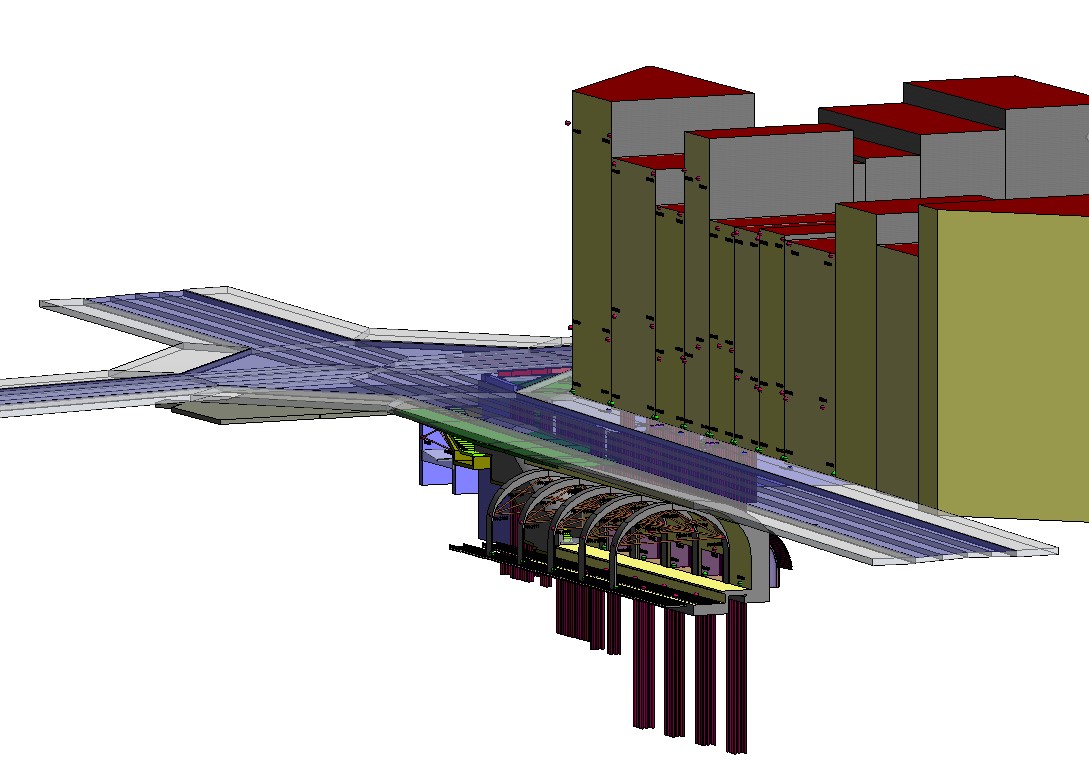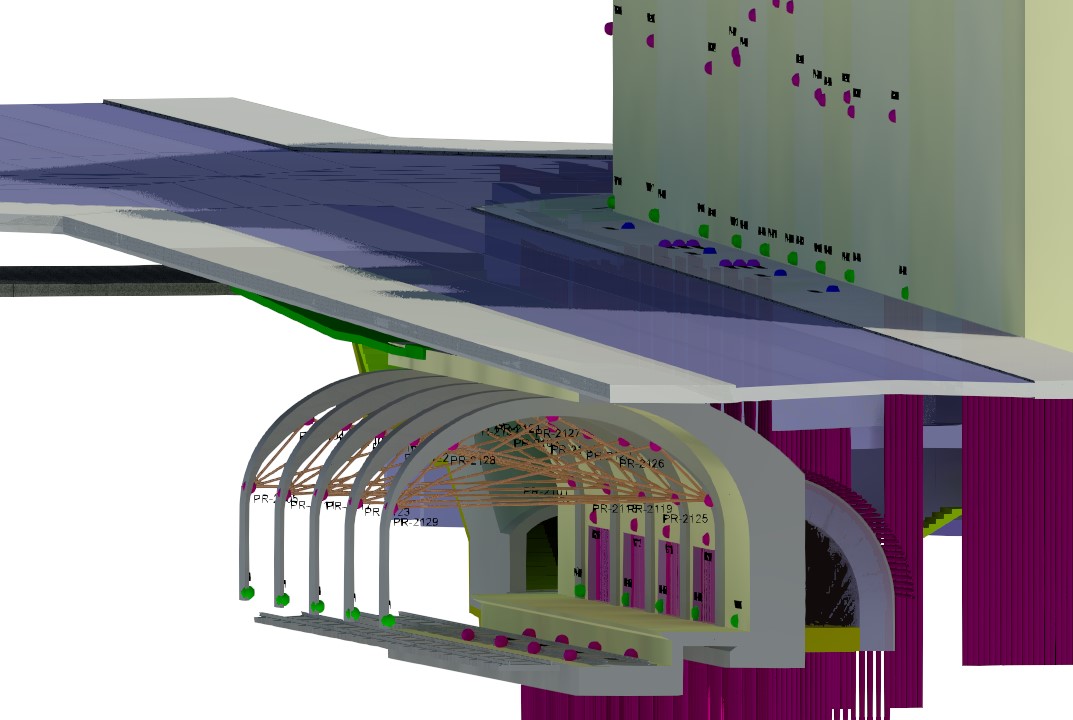Extension of the platform towards Sarrià at the Provença FGC station
General information
Date: 2016 – 2019
Client: Infraestructures.cat
Location: Barcelona
Country: Spain
Image copyright: ©SOCOTEC Spain
Talk to our experts
Project summary:
The FGC station Provença is the second busiest station in the FGC network, with over 4,500 users during peak hours. It was expanded in 2019 to improve accessibility, capacity, and safety. The platform extension increased its width from 3 to 8 meters, and two emergency exits were built. The station was the first to incorporate barriers between the platform and the trains to prevent falls.
Project details
To connect the gallery with the platform, it was necessary to drill a 30-meter-long hole in the wall. To do this, the structures were reinforced from the surface. The work cost around 8 million euros and had a minimal impact on the metro lines.
Supervision of the execution of the works
SOCOTEC, as part of the UTE responsible for the work, supervised compliance with the project, deadlines, and quality. Tests of monitoring and inspection of the tunnels, the gallery, and the urban environment were carried out.

BIM for the build
Real-time BIM control integration for construction management
The integration of BIM into construction management allowed the use of the Building Information Modeling (BIM) methodology to model the platform extension in Revit. The benefits of BIM in this project were:
- Improved understanding of complex geometry: The BIM model allowed technicians to better understand the project's geometry, which facilitated the detection of singular areas and interferences.
- More efficient planning and coordination: The BIM model facilitated planning and coordination of the works, as it allowed the different stakeholders involved to visualize the project in a 3D environment.
- Association of documentation and data: The BIM model allowed the association of documentation and data to the project, which facilitated its tracking and management.
- Increased collaboration: The BIM model promoted collaboration between the different stakeholders involved in the project, as it allowed them to share information and work together.
The integration of BIM into construction management allowed the use of the Building Information Modeling (BIM) methodology to model the platform extension in Revit. The benefits of BIM in this project were:
- Improved understanding of complex geometry: The BIM model allowed technicians to better understand the project's geometry, which facilitated the detection of singular areas and interferences.
- More efficient planning and coordination: The BIM model facilitated planning and coordination of the works, as it allowed the different stakeholders involved to visualize the project in a 3D environment.
- Association of documentation and data: The BIM model allowed the association of documentation and data to the project, which facilitated its tracking and management.
- Increased collaboration: The BIM model promoted collaboration between the different stakeholders involved in the project, as it allowed them to share information and work together.
Work performed:
- Demolition of the existing roof and retaining wall between the vestibule and the shaft: for the construction of a new vestibule and an elevator.
- Construction of an additional shaft to house the vestibule-platform elevator: to improve accessibility.
- Demolition of the existing micropile wall of the shaft: for the construction of a new tunnel connecting to the platform.
- Excavation of the tunnel in a mine under buildings and adjacent to the station: for the construction of the new tunnel connecting to the platform.
- Openings in the hastial for connection to the existing platform: for the connection of the new tunnel to the existing platform.
- Excavation of a chamber between the new micropile walls and the existing screens of FGC and the interchange with Barcelona Metro: to segregate the BCASA collector from the evacuation route.
- Monitoring (movement monitoring) and inspection of the tunnels of line 5 of the metro and the station of Provença of FGC, and of the own gallery of the platform, as well as of the shafts, buildings and collectors of the urban environment of the performance.
Modelo BIM












